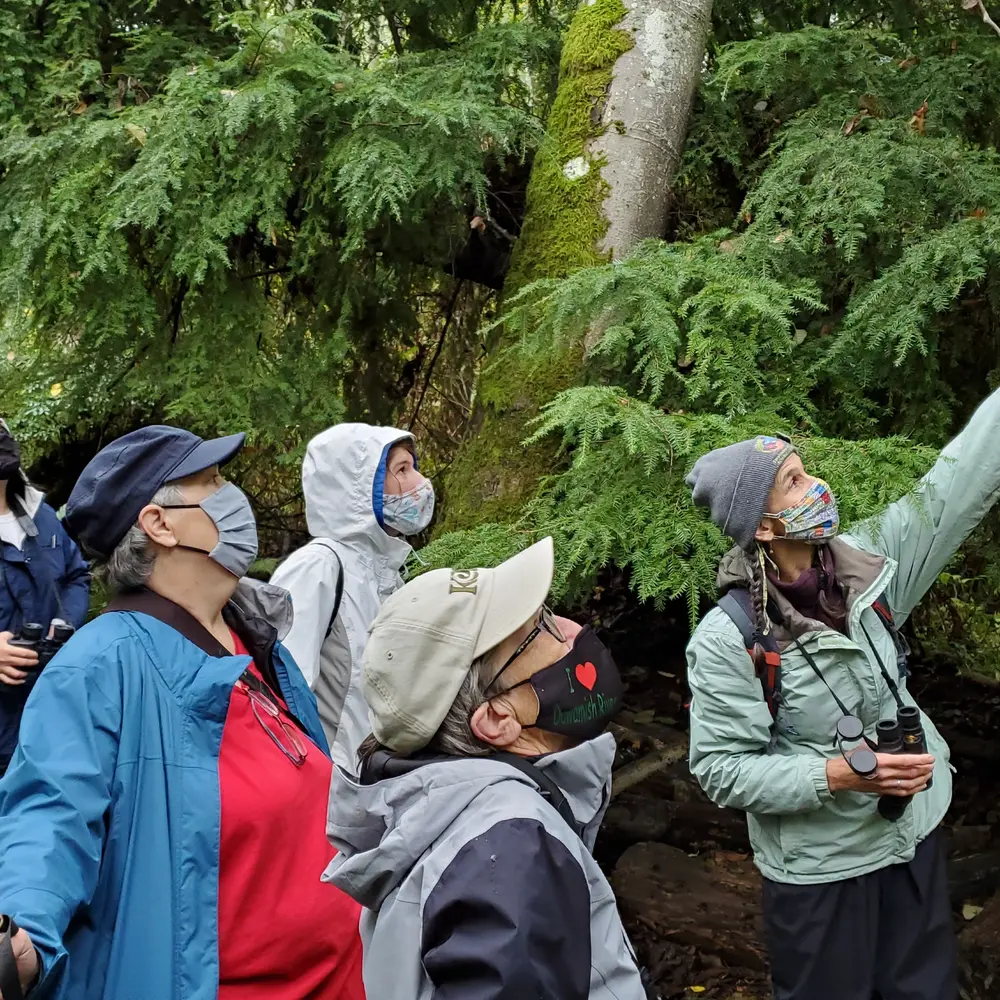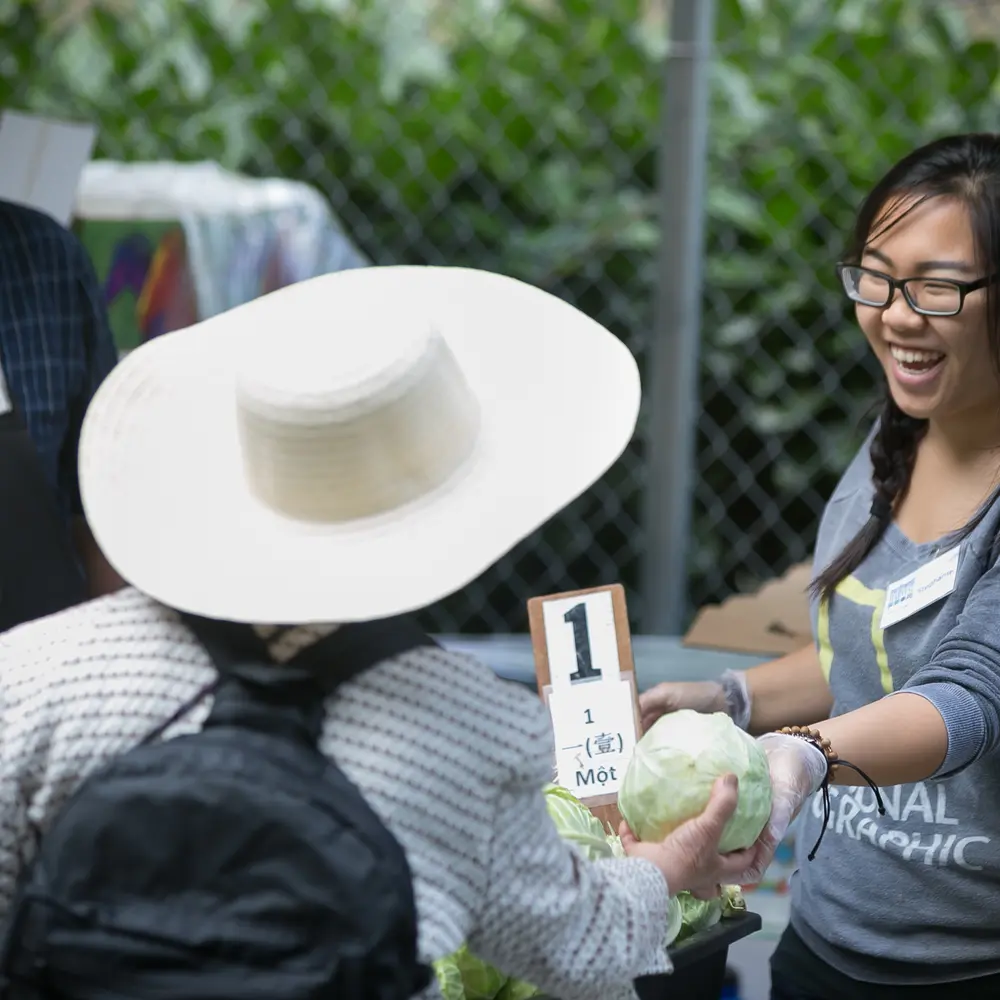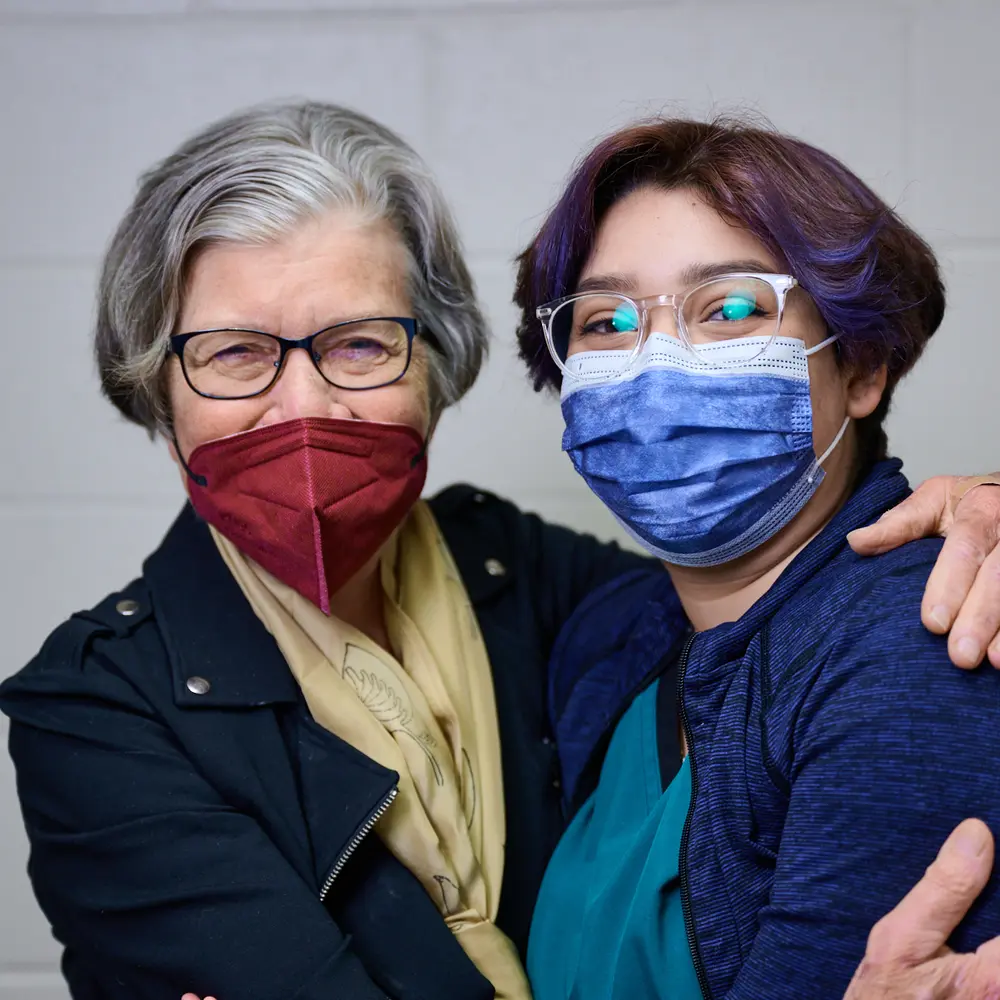When Dr. David Dickensheets, professor of electrical and computer engineering at Montana State University (MSU) Bozeman, arrived at MSU over twenty years ago, his students had to travel to other universities to access the equipment needed for their research. “It really limited participation by the students,” he said.
Today, thanks to new tools and facilities MSU has accumulated over the years, Dickensheets, his students, and others in the MSU community can conduct cutting-edge research from the comfort of their own campus, greatly increasing opportunities for undergraduate engagement and scientific advancement.
“Scientific Research Is in Our DNA”
MSU has consistently been recognized as one of the nation’s leading research institutions. In February 2022, MSU was for the fourteenth time designated a top-tier classification for its “very high research activity” by the Carnegie Classification of Institutions of Higher Education. This is a distinguished recognition; only 146 institutions in the nation receive such a classification.
It is evident that MSU is not only committed to excellence in research, but also to engaging the future generation of researchers. MSU was one of only two universities with a “very high undergraduate” enrollment profile in the Carnegie Classification, and they are widely recognized for their engagement of undergraduate student researchers. They are also a national leader in procuring Goldwater Scholarships, the most prestigious undergraduate scholarship in the nation for mathematics, the natural sciences, and engineering.
As Dr. Waded Cruzado, president of MSU, puts it, “Scientific research is in our DNA.”
Opportunities for Experimentation
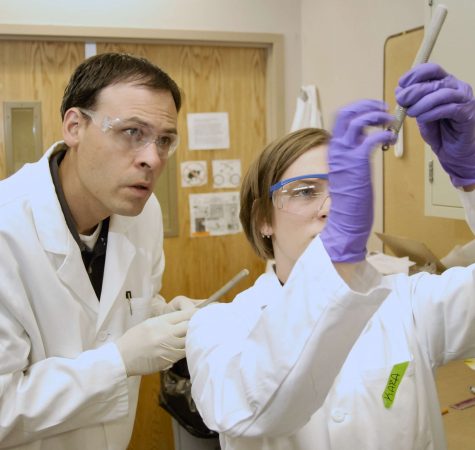
Today, MSU undergraduates have access to cutting-edge research opportunities that enable them to advance knowledge in their field while doing a different kind of experiment, too: self-discovery and vocational discernment. Undergraduate research experiences are often critical in helping students determine if a career in STEM is right for them. Yet this has not always been so easy at MSU, according to Dickensheets.
“When I arrived [over twenty years ago] we had no local cleanroom and no capability for doing the micro-level device development that I do,” says Dickensheets.
Without a cleanroom, which is an engineered space with a controlled air environment that limits pollutants, students did not have a controlled space in which to conduct important biofilm research. This means there were limited opportunities for the type of research that would help them discern their place in the world of science.
“So my students were traveling,” says Dickensheets. “They were traveling to Stanford University, to Cornell University, [and] the University of Washington. It really limited the participation by the students.”
With the addition of a cleanroom and its research equipment to MSU’s campus, partially funded by grants from the Murdock Trust, undergraduate students now have access to state-of-the-art laboratories that allow them to conduct important research from their very own campus. This proximity increases research flexibility and reduces time spent traveling. In a field where, according to one study, undergraduate students are sometimes forced to abandon research projects due to lab inflexibility and scheduling conflicts, a cleanroom on campus can make the difference between an abandoned research project and a project that launches a scientific career.
A new cleanroom and equipment also opened up opportunities for local and regional researchers studying nanomaterials, nanophotonics, microsensors, and more.
“We at Montana State University have a long history in terms of biofilm research,” says Cruzado, “and this opportunity with the cleanroom really allows us to be at the forefront of the new knowledge.”
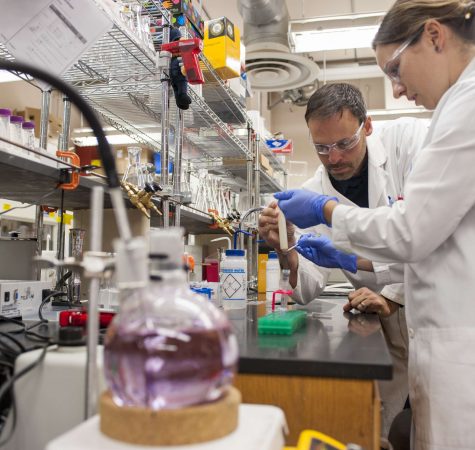
Inside the Cleanroom
Dickensheets explains a bit of what goes on inside the cleanroom.
“We are building instruments for doing live imaging of biological samples and for doing imaging for medical applications, including cancer diagnosis,” he says.
This research has been going on since his arrival at MSU, but it has been significantly enriched by the acquisition of new equipment.
“We’re developing technologies that allow us to see the surface of tissue at a cellular resolution,” he explains. “We’re building devices that allow us to actually image individual cells underneath the surface of the skin to diagnose the presence of disease there.”
This is critical research that uses scientific inquiry and innovation to promote quality of life for all through, amongst other things, the detection of life-threatening disease.
“Murdock sees the breadth of applications and sees the active use of their tools once they arrive here,” says Dickensheets. “They see the impact that this gift will have downstream for the research that’s going on, and then importantly for the education of students who are getting hands-on exposure to these cutting-edge tools.”
Pushing the Boundaries of Knowledge
The Murdock Trust is grateful to have supported MSU’s important work of scientific inquiry to promote the common good through more than sixty grants since 1980. More than twenty of these grants supported Partners in Science collaborations, which is a unique program from the Murdock Trust that pairs high school science teachers with researchers in an academic lab, encouraging the teachers to bring their hands-on experience back into the classroom. Other grants have helped upgrade microscopy equipment at MSU’s Center for Biofilm Engineering, advance research into quantum materials, purchase a mass spectrometer for the Center for Systems Biology, fund a Subzero Research Laboratory for research on cold regions and materials, and more. Each of these grants are small ways that we show our gratitude for the life-changing scientific research of MSU, that, as Cruzado rightly puts it, is in their DNA.
“When you engage in scientific research, you’re asking the questions, ‘Why?’,” says Cruzado. “You’re pushing the boundaries of knowledge.”
MSU, may your work flourish as you continue to push the boundaries of knowledge and offer research opportunities to scientists, students, and teachers while advancing scientific discovery. Thank you for joining hands with many as you use science to work for the good of all!
The post Grant Story: Montana State University Bozeman appeared first on M. J. Murdock Charitable Trust.

